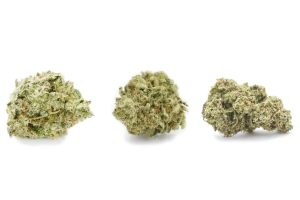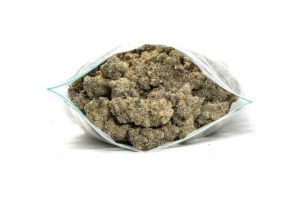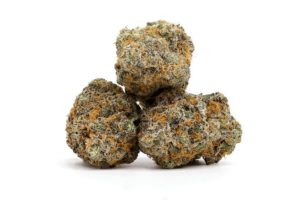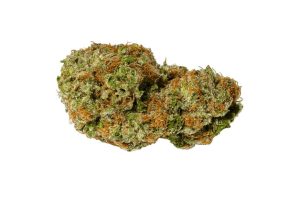You’ll need to know how to qualify for medical marijuana if you’re hoping to purchase it. You may be able to join thousands of Canadians who are licensed to buy, possess and use medicinal cannabis throughout the country. This is the only way to protect yourself from possession charges. If you’re American, check this link to see the laws that apply in your state. That is until recreational pot becomes legalized. The truth is that medical and recreational marijuana are very different in quality, price and a number of other things. Use this post to better understand how to qualify for medical marijuana.
Getting a Diagnosis
The Access to Cannabis for Medical Purposes Regulations (ACMPR) states that the decision to use marijuana is between the patient and physician alone. You’ll need to have a family doctor that you’ve seen within the last year. But if you frequently go to the same walk-in clinic, that’s fine too. The doctor will then provide you with a diagnosis.
Conditions and Disorders
There is a vast number of conditions and disorders that will qualify for medical marijuana. But all situations and people vary. If you don’t see your issue here, you should still reach out to your doctor.
Post Traumatic Stress Disorder (PTSD)
PTSD is a form of anxiety that effects mood, sleep and eating habits. Those who suffer from PTSD will often have episodes of panic brought on by a trigger that sets of past trauma. Doctors usually recommend cannabis strains with high levels of CBD and recommend taking a dose before bed.
Epilepsy and Seizures
Cannabis is widely recognized for its anti-seizure capabilities and properties. A recent study found that CBD, the non-intoxicating compound found in weed, can reduce seizures by 42 per cent.
Multiple Sclerosis (MS)
Marijuana can successfully alleviate many symptoms that are associated with MS. Those include, but are not limited to insomnia, muscle spasms, pain, inflammation and also depression.
More:
-Cancer
-Glacoma
-Pain
-Nausea
-Anxiety
-Depression
-HIV/AIDS









